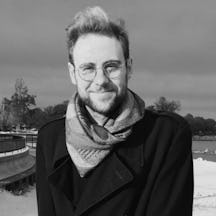In the past, hypochondria was a fashionable sign of genius and breeding, but soon became so common that the spreading pastime of reading was blamed as its cause. Today the ubiquity of health information online has the potential to make us all hypochondriacs. Will Rees explores what divides reasonable self-scrutiny from diagnosable illness anxiety disorder.
Between sickness and health
Words by Will Reesartwork by Naki Narhaverage reading time 7 minutes
- Article
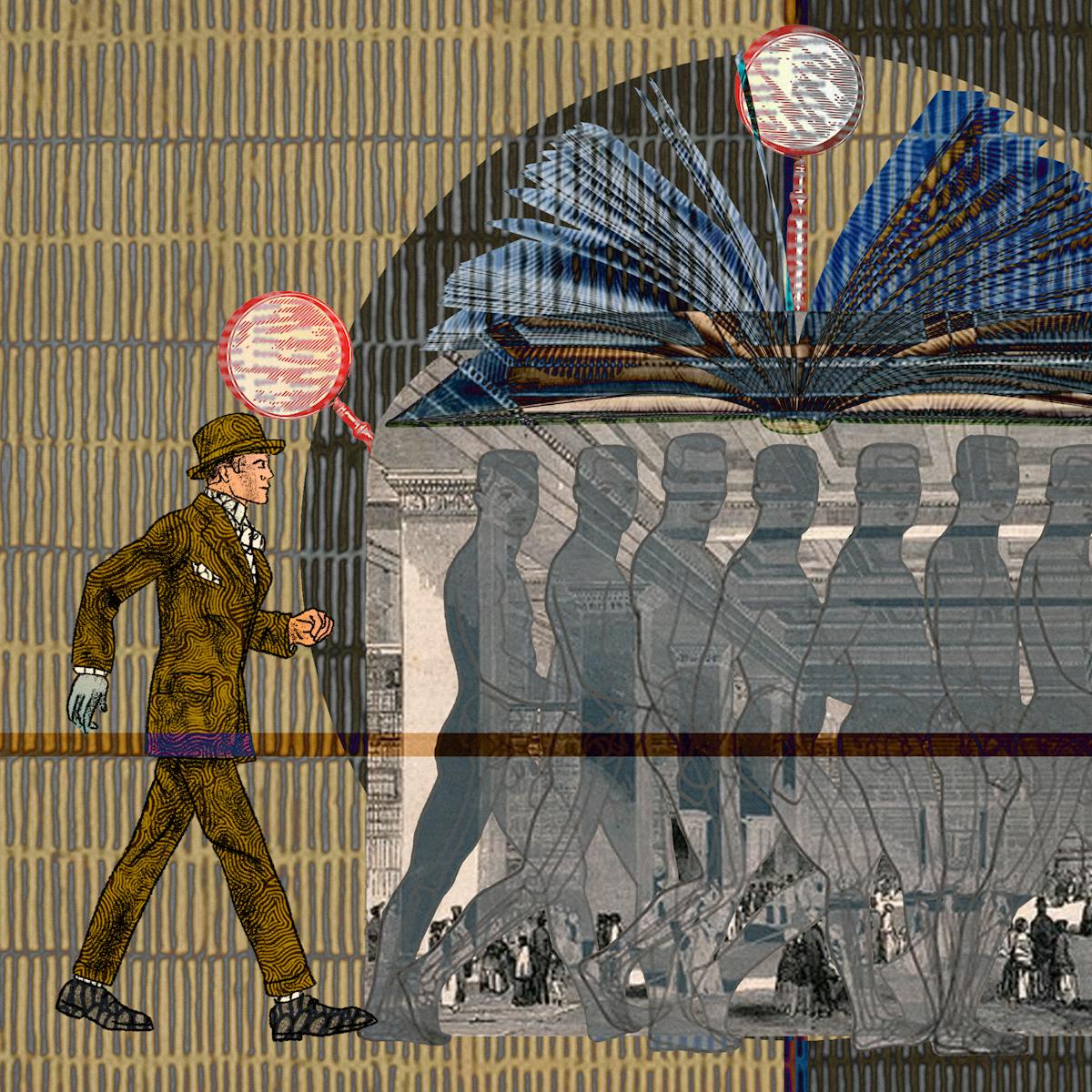
I suspect that there is always something a little funny about a person devoting their time to reading about hypochondria. But in 2020? “I think my research might be becoming relevant...” I texted a friend last March. “Are you sure?” came the reply. She had a point: in the face of a very real pandemic, my PhD project on imaginary illness had also never seemed more trivial.
What predicament could be more fitting for a project on hypochondria, a condition in which the sufferer takes to be a matter of life or death what she knows might be nothing at all?
For the hypochondriac, the thought that the disease may be simply “all in my head” is rarely consoling, instead committing her to ironise a condition that she would rather simply endure. Conversely, attempting to remain in on the joke does little to lessen the seriousness with which the hypochondriac must scrutinise her symptoms – what if, this time, she really is unwell? Simply put, there is no “good” way to be a hypochondriac: the hypochondriac must take herself seriously while suspecting herself to be a joke.
“You’re right,” I told my friend. “This PhD might be a casualty of coronavirus.” Nevertheless, as I queued in public toilets to perform my ‘Happy Birthdays’ as I washed my hands, I couldn’t help but wonder what happens to our ideas about hypochondria in a world where every surface, and even the air around us, has become a possible vector of disease. Carriers of antibac, wipers of door handles, scorners of the sickly and the coughing – had we not, all of us, become hypochondriacs? Or, as the old joke goes, had the entire world discovered that the secret cure for hypochondria is – illness?
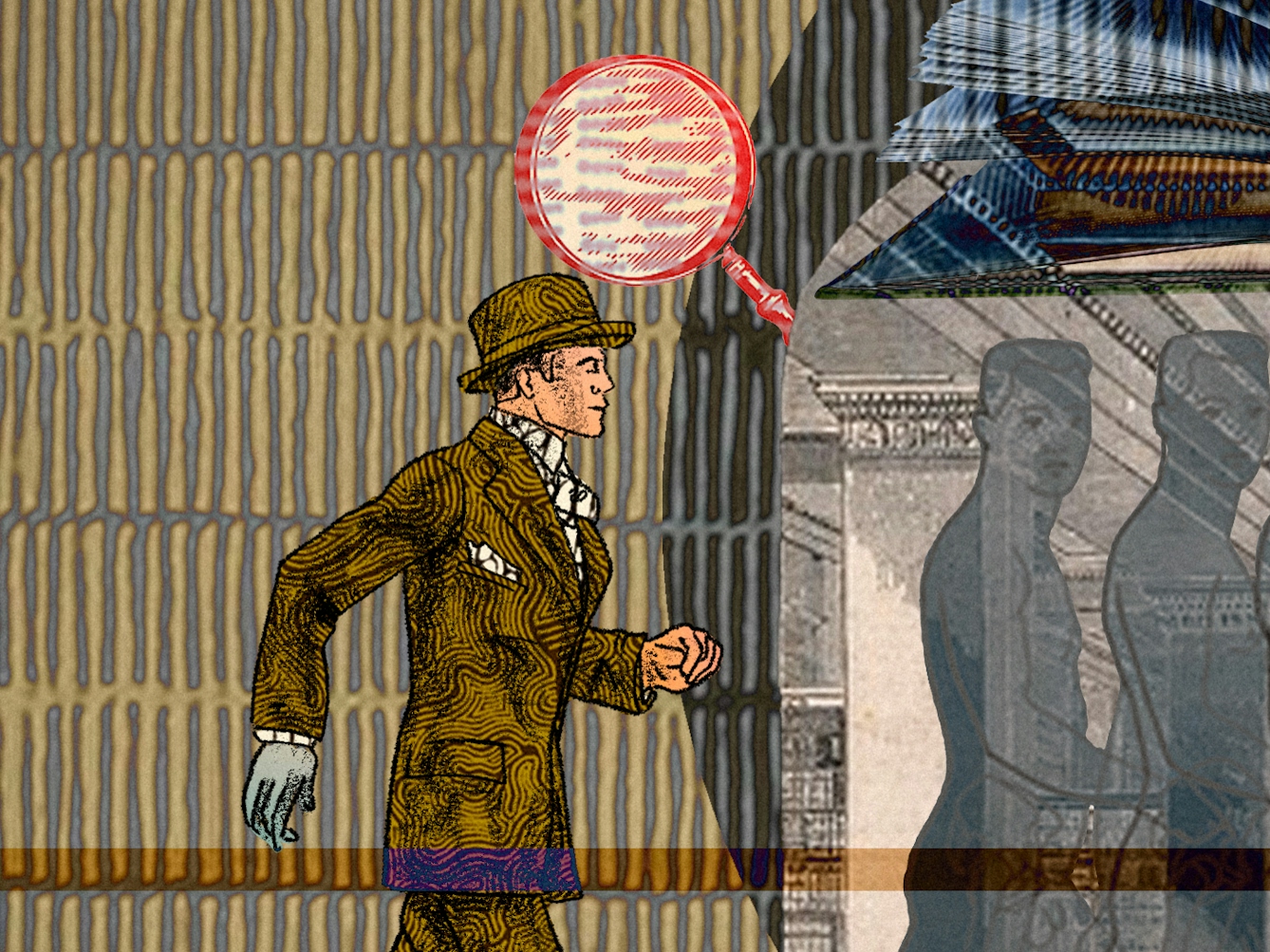
“Since antiquity, medical authorities have warned about the hypochondriacal consequences of excessive reading.”
How reading breeds illness
A few weeks later lockdown set in, and like everyone else I was forced to figure out a way to try to carry on with life as normal. In my case, this meant without access to the British Library and the books I needed for my research.
Perhaps this was fortuitous: when the narrator of Jerome K Jerome’s ‘Three Men in a Boat’ (1889) visits the British Library, he ends up diagnosing himself with virtually every disease in the medical dictionary: “I had walked into that reading-room a happy, healthy man. I crawled out a decrepit wreck.”
Since antiquity, medical authorities have warned about the hypochondriacal consequences of excessive reading. Aristotle suggested that melancholy was linked to genius. During the Renaissance, when hypochondria was frequently identified with melancholy, it became known as a scholar’s disease.
In his compendious, never-complete ‘Anatomy of Melancholy’ (first published in 1621 although obsessively expanded throughout his life), Robert Burton argued it was, above all, a “sedentary, solitary life” and “overmuch learning” that all but condemned the student to “windy Hypochondriacal melancholy”. (For centuries, hypochondria was a “real” abdominal condition that, in addition to fear and sorrow, was believed to cause excessive flatulence: hence “windy”. Only in the 19th century, when it was increasingly psychologised, would the condition be shorn of this symptom.)
During the Enlightenment these anxieties peaked, exacerbated by an explosion of print media. Books such as ‘Diseases Incidental to Literary and Sedentary Persons’ (1768) by celebrated Swiss physician Samuel Tissot suggested that hypochondria was an occupational hazard among the professoriat, thus making it both privilege and plight. As James Boswell would write after consulting Tissot: “We Hypochondriacks... console ourselves in the hour of gloomy distress, by thinking that our suffering marks our superiority.”
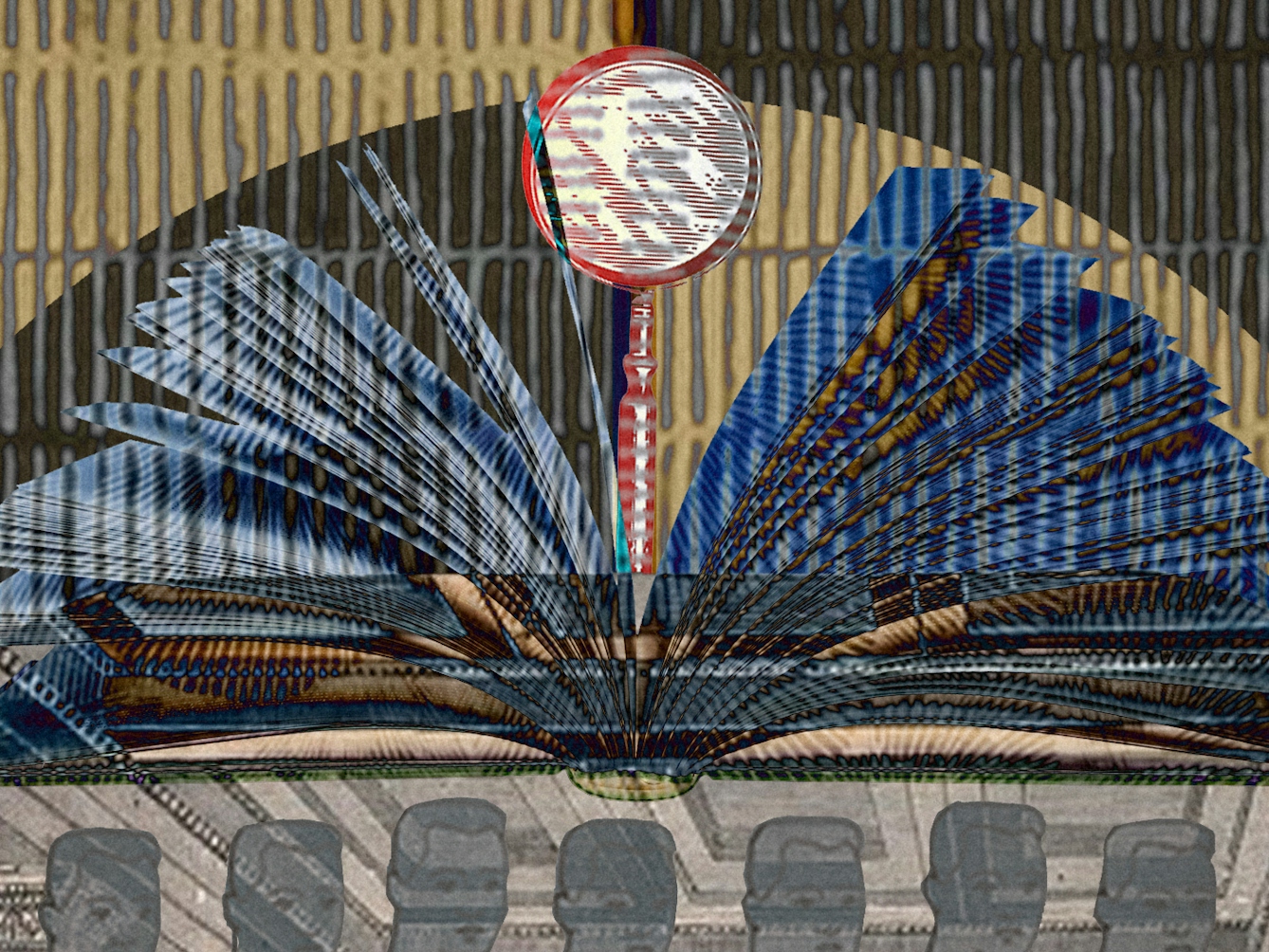
“During the Enlightenment these anxieties peaked, exacerbated by an explosion of print media.”
In 18th-century Britain, “the English Malady” became a fashionable disorder and a source of national pride – a mark of sensibility and gentlemanly refinement, as well as indicating a penchant and purse for good living. Being a hypochondriac was a way of being modern, yet modishness made the hypochondriac fundamentally suspect, conferring on him a reputation that he has never managed to elude.
At the beginning of the 19th century the radical physician Thomas Beddoes severed the link between hypochondria and genius, reasoning that there were now far more hypochondriacs than could plausibly lay claim to that status.
Nervous diseases such as hypochondria and hysteria would increasingly be associated with more democratised forms of reading. Most hazardous of all was that great Victorian invention, the novel. Like masturbation – also widely blamed for disease – reading novels meant shunning social intercourse to take flight into a private and enervating realm of fantasy.
Modern living and nervous complaints
Yet it wasn’t only books that were to blame. As the philosopher Michel Foucault often wrote, according to Victorian medical doctrine, nervous illness could be caused by virtually any aspect of artificial modern living. This meant that no area of one’s life could be spared one’s diligent attentions, and increasingly the Victorian middle classes were instructed to ward off incipient nervousness by scrutinising every aspect of their body and environment.
The 19th century saw an explosion of popular medical books that catered to and created an increasingly health-conscious population. Taken as a whole, this ever-expanding body of literature represented a mass of information, advice and opinion which, in the 21st century, finds its apotheosis in the internet.
The internet has placed knowledge about our bodies ever at our disposal and turned almost all of us into readers. So perhaps it should come as no surprise that it presents unparalleled opportunities for the kind of maddening textual overidentification experienced by Jerome’s narrator: witness ‘cyberchondria’.
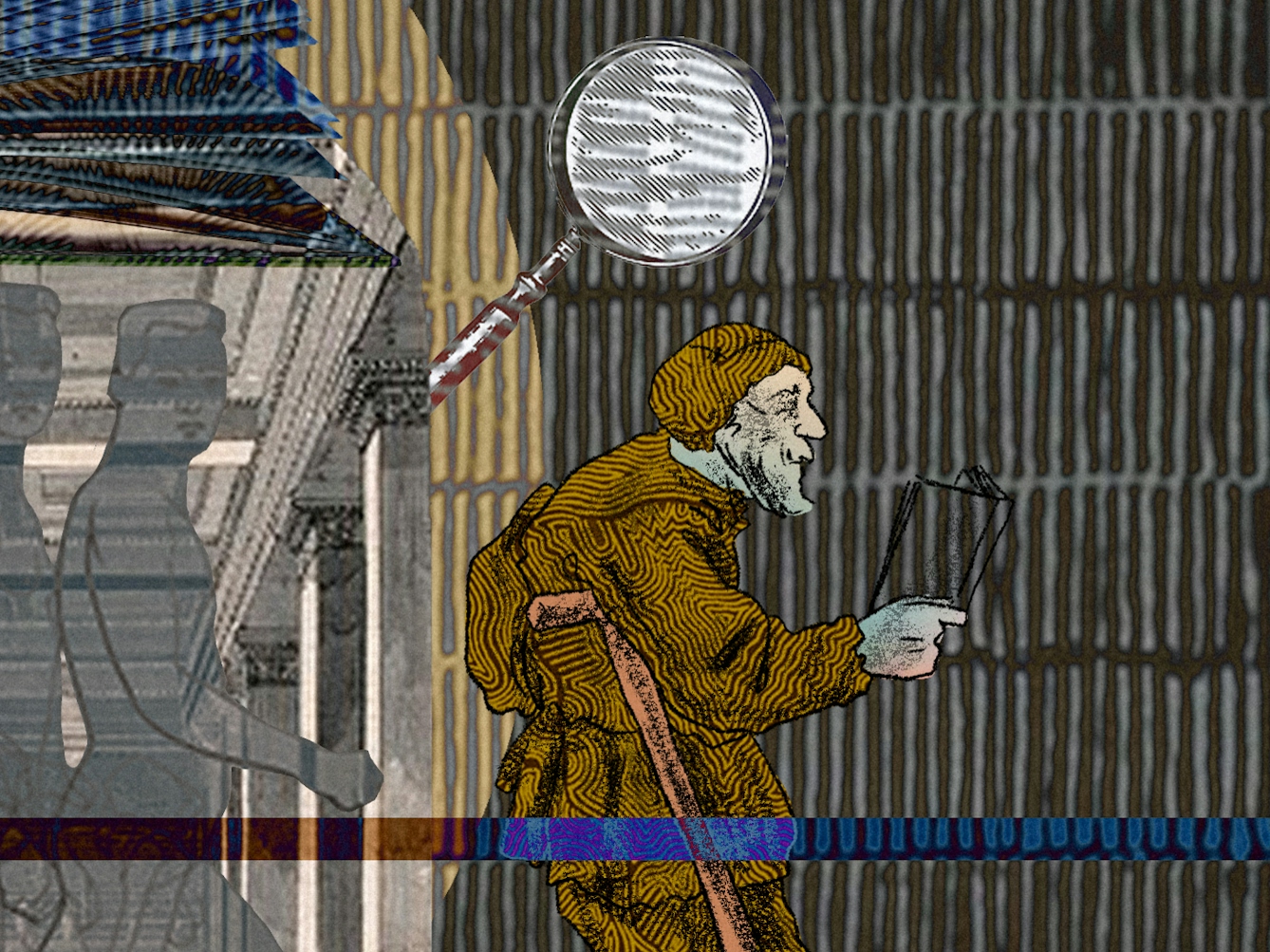
“’I had walked into that reading-room a happy, healthy man. I crawled out a decrepit wreck.’”
Body as text
What is hypochondria itself if not a practice of reading? Treating the body like a work of literature, the hypochondriac pays careful attention to its every symptom, unconvinced by surface-level interpretations and hoping to determine what it all means.
The problem is that bodies, like works of literature, become stranger the closer one looks. As the critic Eve Kosofsky Sedgwick suggested about so-called ‘paranoid’ readers, the exposure of latent truths sustains the reader’s suspicion about what remains to be brought to light. So while the hypochondriac hopes her close reading will bring her the peace of mind she so desperately desires, in reality it tends only to reinforce the suspicion that something really must be wrong.
Treating the body like a work of literature, the hypochondriac pays careful attention to its every symptom.
It was never Sedgwick’s intention to disparage paranoid reading, which, if it could only know itself a little better, would remain a powerful tool for social critique. Might the same be true of hypochondria? One of the disconcerting effects of recent advances in medical imaging and testing is to have laid bare the possibility of latent disease, revealing the potential gulf between how well one might feel and how sick one might be; within this context, the hypochondriac raises not unreasonable questions about what continues to be called ‘health’. It is perhaps in our age of advanced medical literacy, in which we are all expected to become able readers of the early warning signs of disease, that the hypochondriac can offer a critical perspective on medical progress by revealing its dark underside.
Disease and moral judgement
In its contemporary sense, hypochondria – a designation we are likelier to apply to others than to ourselves – is a moral concept as much as a medical one. A diagnosis of hypochondria (or its modern counterpart, illness anxiety disorder) always requires a moral judgement to distinguish healthy diligence from excessive and pathological fretting. And yet, in response to a ‘novel’ coronavirus that no one understood, who was to judge what was unreasonable?
If there is one thing the current pandemic has done to conceptions of hypochondria, then, it is to underline the fact that its borders are always contested, always open to interpretation. Which leads us to a question: if the hypochondriac is a reader of their times, then what insights might they offer about the way society perceives and polices the unsteady boundary between sickness and health?
About the contributors
Will Rees
Will Rees is a director of Peninsula Press.
Naki Narh
Naki is an artist of Ghanaian descent from two homes, Accra and London. Her work draws inspiration from quintessentially Ghanaian tropes and concerns: explorations of self and identity, social and personal conscience. She loves to work with abstract lines, portraits, colour and patterns. She works in ink and acrylic on paper, digital painting and canvas. Explosions of colour and patterns mark her rapidly evolving signature style. Her love for art and architecture are more than expressions of self: they represent an amalgam of all that has moulded her themes and style of painting. They are an assimilation of the kaleidoscope of cultural and structural vibrancy and vitality of a life spent immersed in distinctly different cultures.
